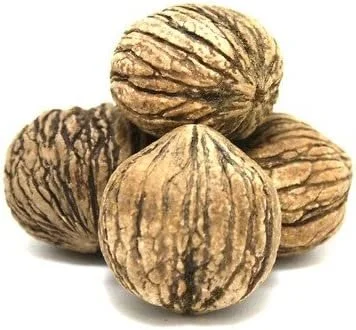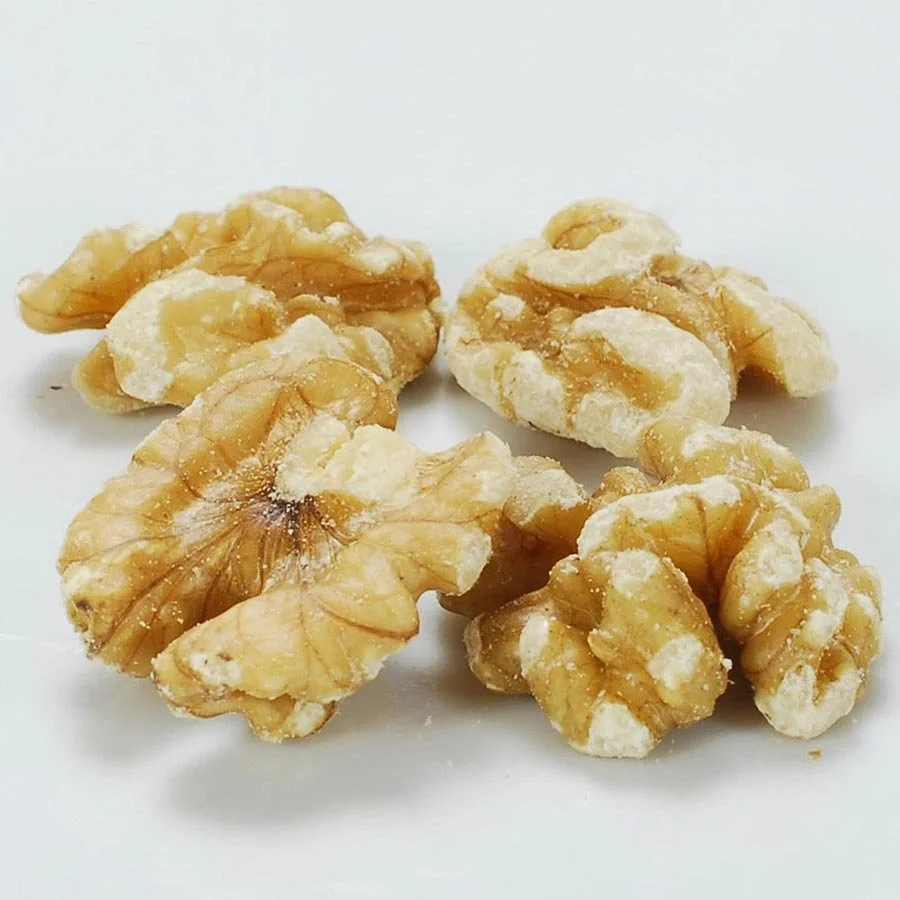Cultivar Walnuts Offer Income Potential
Growing black walnut trees that have been grafted to improved cultivars have potential for excellent production and financial return. Some farmers grow the walnuts on their land, pick and sell them for extra money, but there is a potential to do much more using grafted trees.
According to Brian Hammons of Hammons Products Company in Stockton, Missouri, a landowner with a 40-acre planting of cultivar nuts (60x60 spacing = 480 trees) could be producing as much as 80,000 pounds of nuts and generating an additional $56,000 income (about a $32,000 profit after hulling and hauling).
Growers interested in producing a commercially marketable nut crop need to be growing thin-shelled nuts with a high-quality nut meat. This is only possible by growing black walnut trees that have been grafted to cultivars of known nut and tree characteristics, and preferably those that will fruit every year.
While the wild nuts grown provide a certain amount of nut meats for consumers, companies like Hammons Products will pay more for growers of named cultivars.
In 2006, Hammons purchased 41,000 pounds of black walnuts from 11 growers with cultivars like Kwik Krop, Emma-K, TomBoy and others. These nuts were purchased at about .50 cents per pound and had a yield average of about 23.4 percent
kernel. The highest price paid was .82 cents per pound, according to Hammons.
By comparison, wild trees have a yield rate of about 7 percent kernel and are typically purchased for eight to 13 cents per pound.
For growers interested in making additional money from nuts, the University of Missouri Center for Agroforestry offers a guide
entitled, "Growing Black Walnuts for Nut Production."
Tips for Successful Harvesting
The flavor of black walnut lends a gourmet touch to cookies, breads, cakes and other baked goods. To achieve the best quality, nuts need to ripen on the tree.
One way to tell whether black walnuts have ripened is by the color of the husk, which will change from solid green to yellowish green when the walnut is ripe.
To prepare walnuts for storage, first remove the husk (one method is to place the nut with husk on a hard surface and rolling it under a heavy foot) and then wash the nuts (outdoors) to remove excess juice and debris.
The next step is to cure the walnut by letting the nuts dry. This prepares the nuts for storage and allows flavor to develop. The best way to cure the nuts is to place them in a cool, dry, well-ventilated area, out of direct sunlight for two weeks.
Unshelled nuts should be stored in a well-ventilated area at 60 degrees Fahrenheit or less to discourage mold. Soaking them in water for 24 hours will make the shell easier to crack
When walnut nutmeats are cracked out after curing, they can be put into jars or heavy plastic bags and frozen. Shelled nuts can be refrigerated up to nine months or frozen for up to two years. Two pounds of unshelled black walnuts found in the wild will yield about a cupful of nutmeats.
Establishing Trees from Walnuts
Black walnuts selected for planting should be hulled and washed as soon as they are collected. Then, eliminate nuts that may be poorly filled. Place the nuts in a container of water. Dispose of those that float to the top. These floaters are poorly filled and will not germinate well.
Preparing a fine seedbed in the planting area for black walnut seeds is the next step. They can either be planted just after harvest or stratified and planted the following spring.
Planting three to five nuts, about two inches deep, at each tree
location. Mark the area where nuts are planted and to keep the area weed-free.
During the first year, select the strongest-growing tree and remove the others by cutting them off below the root collar.



